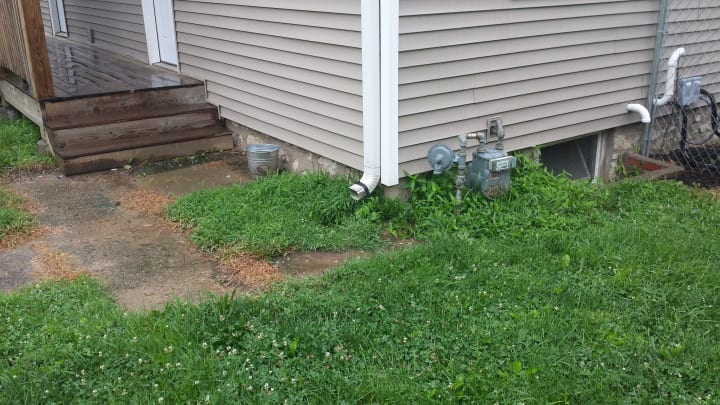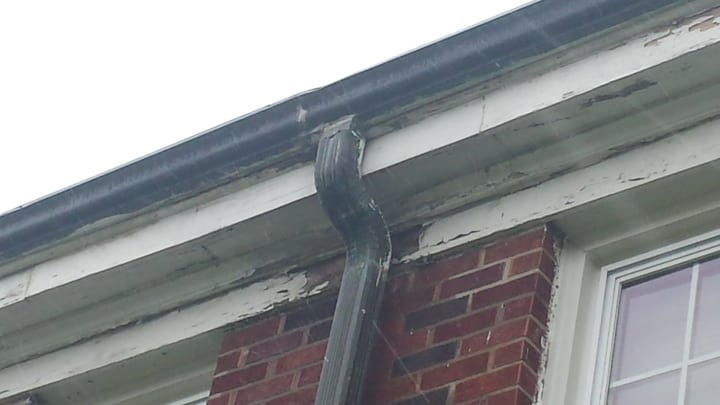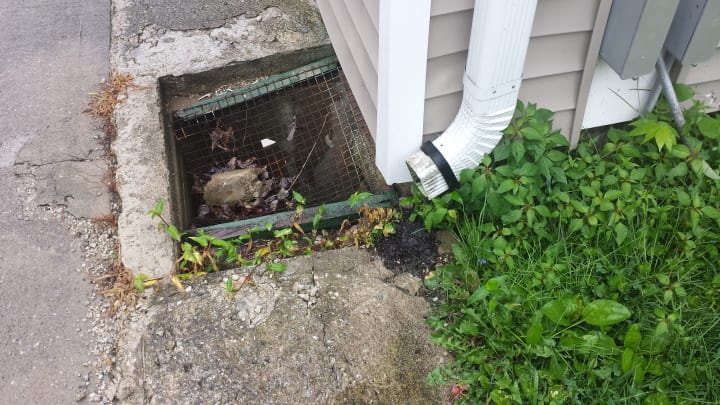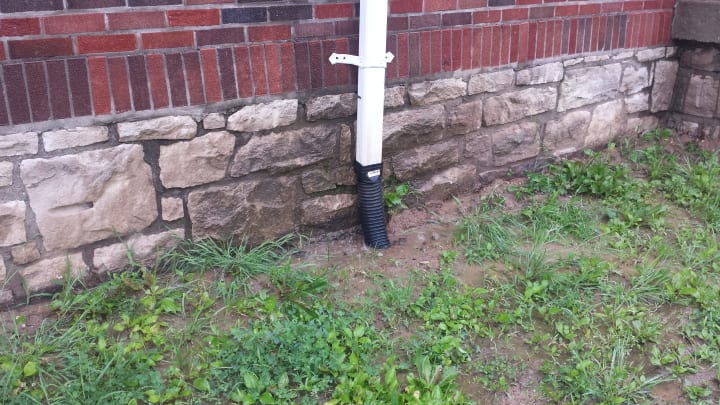

By Lance McCarthy
So…it rained again…I know, right?
With all this rain, you may be experiencing some water in the basement? You aren’t alone. Foundation and drainage companies are drowning in work (I know, I can’t help it).
I have some tips below on how to prevent water problems, but first, a quick story.
A local nonprofit called me with a water problem. Seven of their buildings had flooded basements, and all the stuff that had been in there was ruined.
They had spent a lot of money excavating around the foundation, sealing the foundation and installing new gutters, and still there was water. What could it be? How was this crazy water sneaking in?
They had spent a lot of money excavating around the foundation, sealing the foundation and installing new gutters, and still there was water. What could it be? How was this crazy water sneaking in?
I went out there yesterday morning in the rain and just walked around. I took some pictures, and I want to see how you do at spying the problems. Where’s Waldo, we’ll call this game Where’s Water
See any clues? I hope so. Here are some of the issues I see here (and on most of the houses that have water problems)
- Clean your gutters. I know, everyone knows this. But if that’s the case, why do most of the houses I see have clogged gutters? Those clogs make water run over the gutter edge and down into the ground around your foundation. Water near foundation = bad.
- Fix your gutters. Just because a gutter is clean doesn’t mean it is working. Do you have enough downpouts? Are they big enough? Are the gutters sloped the right direction? Woodrot on the soffit (see the picture) is a sure sign the gutters are leaking or need to be re-sloped.
- Check the bottom of the downpouts. Downspouts ain’t enough. You need some sort of drain system below the downspouts that moves the water further away from the house. See the pictures above? The gutters are doing a great job of taking the water down and just pouring it into the ground at the edge of the foundation.
- Check the grade. Make sure the ground around the foundation loses 8 inches of height in the first 8 feet. Otherwise, the water won’t keep moving away and start moving down.





